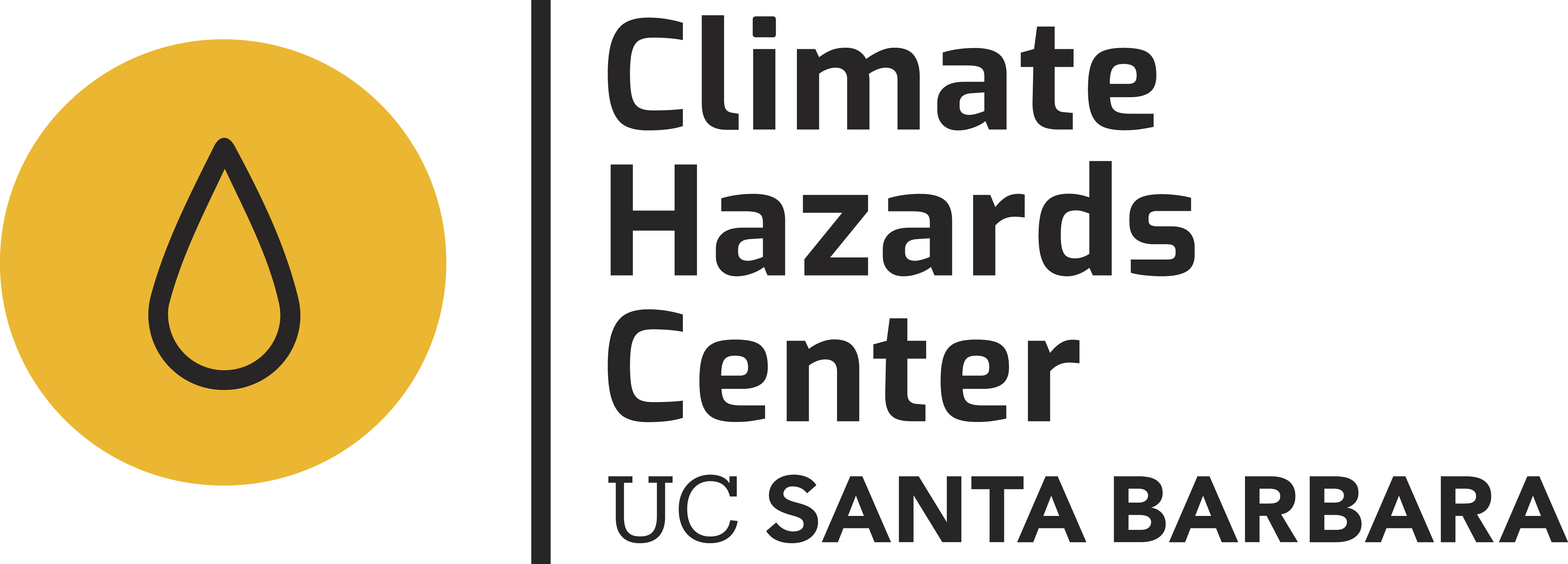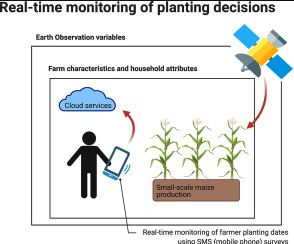Elsevier's ScienceDirect Publishes "Using real-time mobile phone data to characterize the relationships between small-scale farmers’ planting dates and socio-environmental factors," written by Natasha Krell, Frank Davenport, Laura Harrison, William Turner, Seth Peterson, Shraddhanand Shukla, Jessica Marter-Kenyon, Greg Husak, Tom Evans, Kelly Caylor.
Abstract: Accurate and operational indicators of the start of growing season (SOS) are critical for crop modeling, famine early warning, and agricultural management in the developing world. Erroneous SOS estimates–late, or early, relative to actual planting dates–can lead to inaccurate crop production and food-availability forecasts. Adapting rainfed agriculture to climate change requires improved harmonization of planting with the onset of rains, and the rising ubiquity of mobile phones in east Africa enables real-time monitoring of this important agricultural decision. We investigate whether antecedent agro-meteorological variables and household-level attributes can be used to predict planting dates of small-scale maize producers in central Kenya. Using random forest models, we compare remote estimates of SOS with field-level survey data of actual planting dates. We compare three years of planting dates (2016–2018) for two rainy seasons (the October-to-December short rains, and the March-to-May long rains) gathered from weekly Short Message Service (SMS) mobile phone surveys. In situ data are compared to SOS from the Water Requirement Satisfaction Index (SOSWRSI) and other agro-meteorological variables from Earth observation (EO) datasets (rainfall, NDVI, and evaporative demand). The majority of farmers planted within 20 days of the SOSWRSI from 2016 to 2018. In the 2016 long rains season, many farmers reported planting late, which corresponds to drought conditions. We find that models relying solely on EO variables perform as well as models using both socio-economic and EO variables. The predictive accuracy of EO variables appears to be insensitive to differences in reference periods that were tested for deriving EO anomalies (1, 3, 5, or 10 years). As such, it would appear that farmers are either responding to short-term weather conditions (e.g., intra-seasonal variability), or longer trends than were included in this study (e.g., 25–30 years), when planting. The methodologies used in this study, weekly SMS surveys, provide an operational means for estimating farmer behaviors–information which is traditionally difficult and costly to collect.

